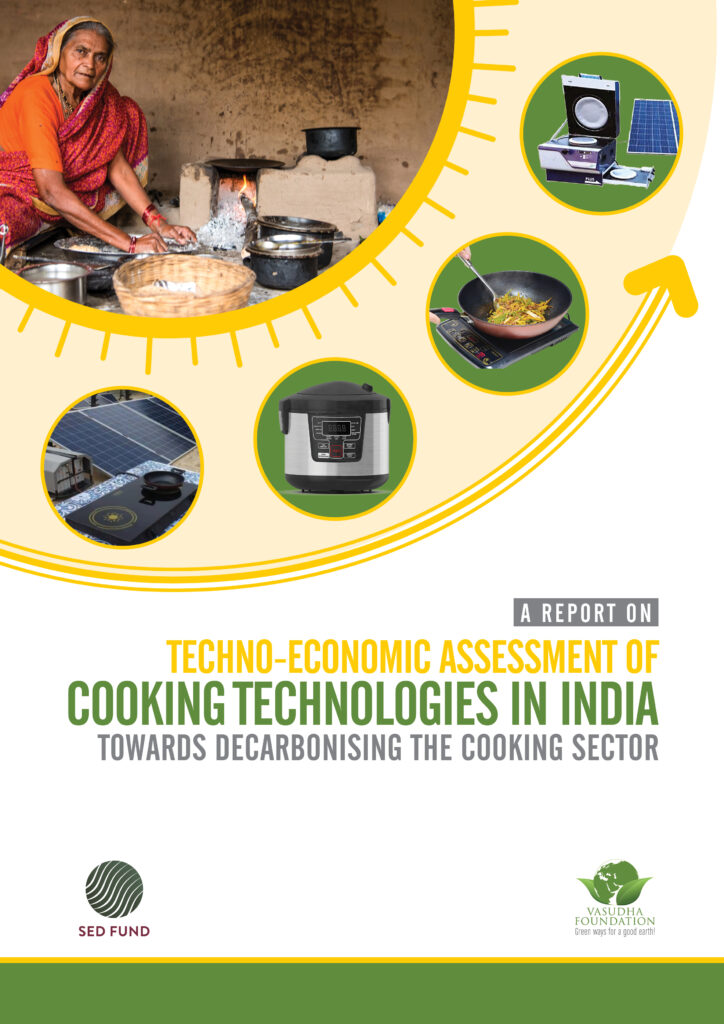The cooking sector in India is one of the sectors where primary fuels used are mostly LPG, PNG, and biomass. Providing energy for cooking purposes is crucial for improving public health, protecting the environment, promoting economic development, and advancing gender equality. Hence, it has been a priority of developmental programs to ensure food and energy security. In view of this, the Ministry of Power launched the Go Electric Campaign in February 2021 to spread awareness of the benefits of electric cooking. Further, the recently launched Lifestyle for Environment initiative looks at nudging individual behavioural choices and decisions for the promotion of energy efficiency and resource conservation.
In India, subsidised LPG has been a key policy intervention in transitioning from polluting fuels such as firewood, charcoal, and cow dung. It is important to note that although LPG is a convenient cooking fuel, its combustion contributes to indoor household air pollution (IHAP) with pollutants including carbon monoxide (CO), nitrogen dioxide (NO2), and formaldehyde (HCHO), which can have adverse effects on respiratory and cardiovascular health. Furthermore, the sustainability of LPG as a primary cooking fuel is questionable due to its heavy reliance on imports. The share of LPG imports in its total consumption has risen from 50 percent to 60 percent from 2016-17 to 2021-22. Further, the anticipated risks of switching back to harmful and polluting solid fuels remain high with the gradual withdrawal of the subsidies for LPG in India. This poses energy security risks and cost inflation, making it challenging to achieve SDGs and NDCs.
Electric cooking is often excluded from broader electrification strategies and forecasts in energy policy, while clean cooking advocates tend to overlook electrification in their initiatives. As a result, there is a significant lack of progress in meeting cooking needs through electrification. Although universal access to electricity and clean cooking fuels and technologies are interconnected goals of SDG7, and provide overlapping health, environmental, and economic benefits, the energy policy related to these goals remains disjointed. As renewable electricity capacity and generation continue to grow, it is important to consider exploring the potential of utilising this energy source for large-scale direct electric cooking or indirect electric to thermal conversion cooking technologies such as indirect solar cookers.
Research and real-world trials have demonstrated that electric cooking technologies such as induction and electric pressure cookers can be effectively used to prepare most Indian culinary dishes. The significant advantages of using these cooking technologies include improved household air quality and enhanced safety.
To facilitate a sustainable switch to electricity as the primary cooking fuel in India, several significant obstacles must be overcome, including the high upfront cost of electric cookstoves, the availability of affordable and reliable renewable electricity, and the need for behavioural change to adapt to a cultural shift. Electric cooking can be explored as a key vector in the transition to clean cooking and accordingly, this study aims to provide a techno-economic comparison between current primary cooking energy technologies used and the potential switch to electric cooking technologies.





